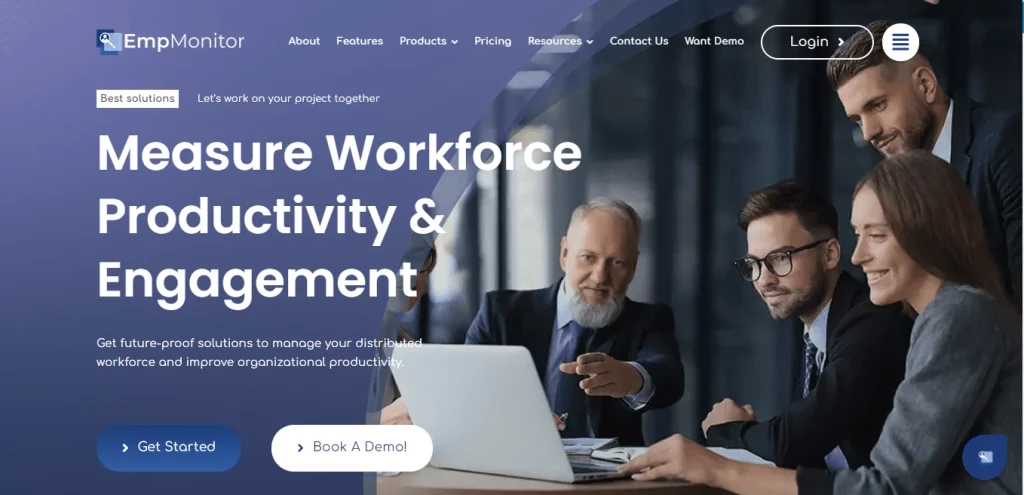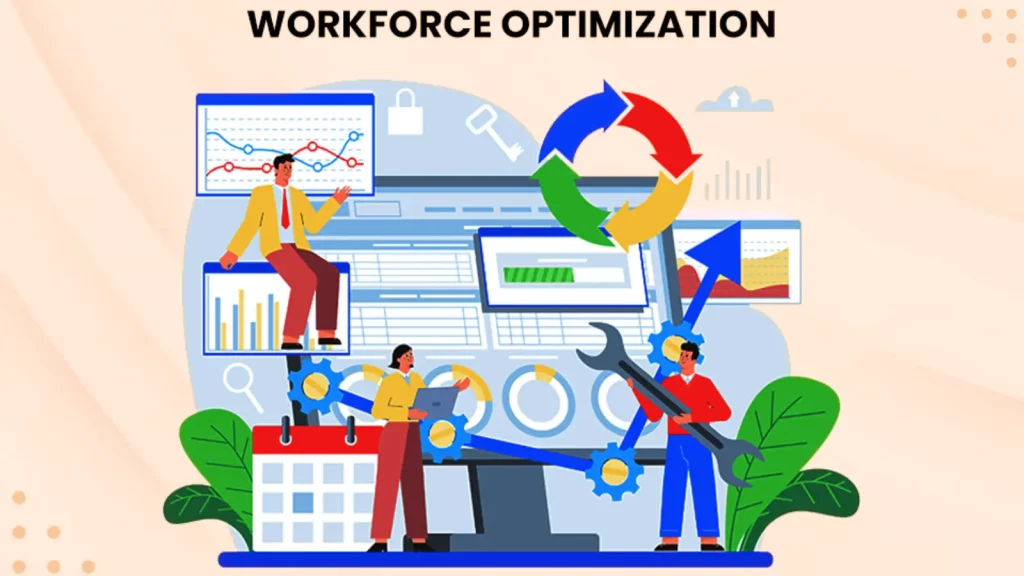In today's fiercely competitive company landscape, gaining a proper side is more crucial than ever. One path to reaching that is through data-driven workforce optimization. By leveraging the vast levels of information available nowadays, businesses can fine-tune their workforce to be better, successful, and aligned with long-term organization goals. This process isn't just for big enterprises; it's equally important for small and medium-sized companies looking to increase their resources.
Understanding Workforce Optimization
Workforce optimization requires using knowledge analytics to enhance the effectiveness and production of employees. By examining different metrics such as for instance time administration, efficiency degrees, and job pleasure, organizations may recognize places for improvement. That data-driven approach makes for more informed decision-making, ensuring that assets are given efficiently and that workers are situated for success.
For example, an organization would use staff performance knowledge to spot top performers and analyze what pieces them apart. These records may then be used to develop education programs that support different personnel reach similar quantities of performance. The key is to use information to drive constant improvement, rather than counting on gut thoughts or aged methods.

The Position of Knowledge Analytics
Knowledge analytics represents a critical position in workforce optimization. By gathering and considering information from different options, organizations can gain ideas into staff performance, proposal, and over all productivity. That information can be utilized to generate detailed studies and visualizations that spotlight traits and designs, making it simpler to identify areas for improvement.
For example, by studying time-tracking information, a business might find that certain responsibilities are taking longer than expected. This information will then be used to improve procedures or offer additional instruction to employees. Likewise, data on employee involvement can help recognize factors that donate to work satisfaction, allowing businesses to implement changes that increase morale and reduce turnover.
Great things about a Data-Driven Method
Adopting a data-driven approach to workforce optimization offers numerous benefits. For starters, it enables organizations to make more informed conclusions, reducing the danger of costly mistakes. By basing decisions on hard knowledge as opposed to instinct, organizations can ensure that they're allocating methods in the most truly effective way possible.
Still another gain is improved transparency. When personnel understand that conclusions are increasingly being built based on data, they're more prone to trust the procedure and experience confident in their roles. This can lead to higher degrees of involvement and production, as personnel feel respected and supported.
Eventually, a data-driven approach might help companies keep in front of the competition. By repeatedly checking and increasing workforce performance, companies may conform to changing industry conditions and stay agile in the face area of new challenges. That proper gain may be the huge difference between accomplishment and failure in the present fast-paced company environment.
Useful Tips for Employing Workforce Optimization
To successfully apply workforce optimization , organizations need to start with an obvious plan. This involves placing unique goals and distinguishing the key metrics which will be used to measure success. It is also crucial that you include personnel in the act, as their insight provides important insights and support guarantee buy-in.

Next, organizations need to buy the proper tools and technologies. This might contain time-tracking software, performance management techniques, and data analytics platforms. By adding these resources, organizations can obtain and analyze data more effectively, providing a solid base for decision-making.
Eventually, it's vital that you foster a culture of continuous improvement. What this means is often researching knowledge and making adjustments as needed to ensure that workforce optimization attempts are yielding the desired results. By remaining committed to the process, companies can uncover the entire potential of their workforce and obtain a proper advantage.
In conclusion, data-driven workforce optimization is a strong tool for achieving strategic success. By leveraging data analytics to boost worker performance and proposal, businesses can make more informed conclusions, boost productivity, and keep ahead of the competition. For organizations seeking to maximise their methods and get a aggressive edge, adopting a data-driven strategy is not just an option—it is a necessity.
